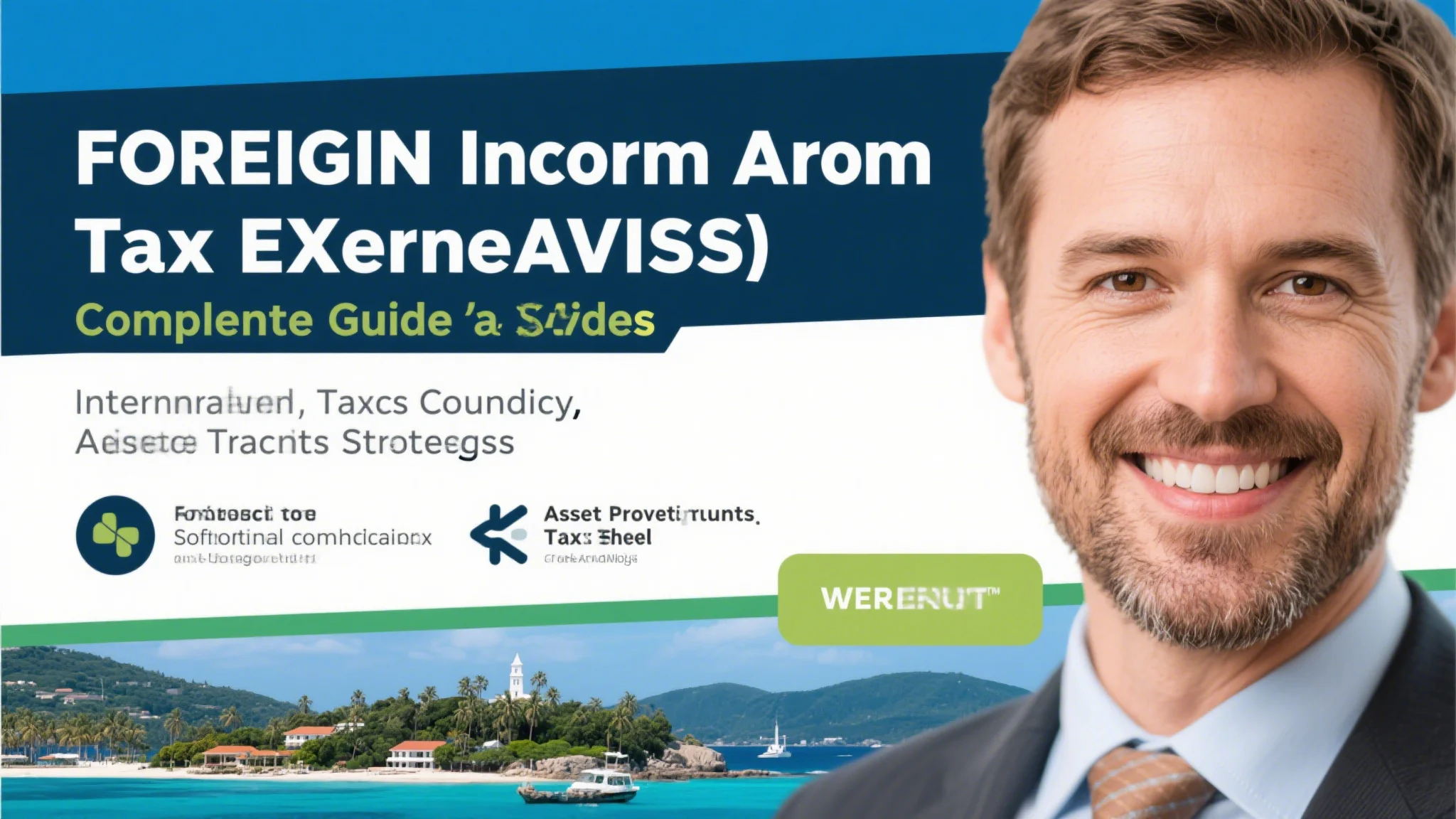
Trust and Estate Planning: How to Protect Family Wealth
Comprehensive Wealth Protection Strategies
Effective trust and estate planning begins with understanding how different legal structures can safeguard family wealth across generations. Modern estate plans combine various tools to address asset protection, tax minimization, and controlled distribution. The current $12.92 million federal estate tax exemption (2023) presents historic wealth transfer opportunities, though this amount is scheduled to sunset in 2026. Proper planning now can lock in these unprecedented exemption levels before potential reduction.
Revocable living trusts avoid probate while maintaining flexibility during the grantor’s lifetime. Pour-over wills catch any assets accidentally left outside the trust. Durable powers of attorney and healthcare directives ensure decision-making continuity during incapacity. These foundational documents work together to create a comprehensive plan addressing both financial and personal matters, while minimizing court involvement and public disclosure.
Advanced Trust Structures
The irrevocable trust tax benefits include estate tax reduction, income tax shifting, and generation-skipping transfer tax planning. Life insurance trusts (ILITs) remove policy proceeds from taxable estates while providing liquidity to pay estate taxes. Qualified personal residence trusts (QPRTs) allow transferring homes at discounted values while retaining use for a term of years. Grantor retained annuity trusts (GRATs) work exceptionally well in low-interest-rate environments.
Intentionally defective grantor trusts (IDGTs) freeze asset values for estate tax purposes while income taxes remain the grantor’s responsibility. Spousal lifetime access trusts (SLATs) allow using exemptions while maintaining some indirect benefit through a spouse’s access. These sophisticated trusts require careful drafting to achieve desired tax results while complying with evolving IRS regulations and court decisions.

Family Business Entities
Family limited partnerships facilitate controlled wealth transfer while maintaining management authority. FLPs allow gifting limited partnership interests at valuation discounts (typically 30-40%) for lack of control and marketability. The general partner retains control with as little as 1% ownership, while limited partners enjoy asset protection and income rights. Annual gifts of partnership interests can systematically transfer wealth using annual exclusion amounts ($17,000 per recipient in 2023).
Family limited liability companies (LLCs) offer similar benefits with more flexible operating structures. These entities work particularly well for holding real estate or business interests, providing centralized management while allowing fractional ownership transfers. Proper maintenance requires holding regular meetings, maintaining separate accounts, and avoiding commingling of personal and entity funds to preserve liability protection.
Generation-Skipping Techniques
Navigating the generation-skipping transfer tax requires understanding its complex interplay with estate and gift taxes. The GST tax applies an additional 40% on transfers to beneficiaries two or more generations below the donor, beyond the lifetime exemption ($12.92 million in 2023). Dynasty trusts leverage this exemption to benefit multiple generations without additional transfer taxes, potentially lasting for decades or centuries in favorable jurisdictions.
Allocating GST exemption strategically can preserve it for assets likely to appreciate significantly. Direct skips to grandchildren may use annual exclusion gifts, while trust contributions can be structured as indirect skips. The inclusion ratio determines what portion of trust distributions will be subject to GST tax. Careful tracking of exemption allocations and timely filings ensure optimal use of this valuable planning resource.
Asset Protection Trusts
Domestic asset protection trusts in states like Nevada, South Dakota, and Delaware provide formidable barriers against creditors while allowing the grantor to remain as a discretionary beneficiary. These self-settled trusts require independent trustees and adherence to strict formalities. The statute of limitations for challenging such trusts is typically two years, after which assets become virtually untouchable by creditors.
Offshore asset protection trusts in jurisdictions like Cook Islands or Nevis offer even stronger protections, as they don’t recognize foreign judgments. These trusts work best when established before liabilities arise, as fraudulent transfer laws may void last-minute asset transfers. Proper structure includes spendthrift clauses, anti-duress provisions, and careful selection of professional trustees with established track records in asset protection planning.
Charitable Planning Integration
Charitable remainder trusts (CRTs) provide income streams with eventual charity benefits, while charitable lead trusts (CLTs) reverse this structure. Donor-advised funds allow bunching multiple years’ worth of deductions into a single tax year. Private foundations offer control over charitable legacies while providing current deductions and potential estate tax benefits.
Conservation easements offer deductions for preserving land, though recent legislation has tightened rules to curb abuse. Qualified charitable distributions (QCDs) from IRAs satisfy RMD requirements for those over 70½ without increasing AGI. These philanthropic strategies work best when aligned with family values and integrated into broader wealth transfer plans.
Business Succession Planning
Family business transitions require special consideration beyond standard estate planning. Buy-sell agreements funded with life insurance ensure smooth ownership transfers. Employee stock ownership plans (ESOPs) create tax-advantaged succession solutions. Grantor retained annuity trusts (GRATs) can transfer business interests at reduced values while providing income streams.
Voting and non-voting stock structures allow retaining control while transferring economic benefits. Training and mentoring programs prepare next-generation leaders for their future roles. The optimal structure depends on the business type, family dynamics, and long-term objectives, often requiring customized solutions rather than standardized approaches.
Regular Plan Maintenance
Estate plans require periodic reviews to remain effective as laws and circumstances change. The current high exemption environment may not last, making proactive planning essential. Family changes like births, deaths, marriages, and divorces often necessitate plan updates. State law changes, particularly regarding trust decanting and modification options, may create new planning opportunities.
Asset titling should be reviewed regularly to ensure alignment with planning objectives. Beneficiary designations on retirement accounts and life insurance policies should be coordinated with trust provisions. Regular communication with professional advisors ensures plans adapt to evolving goals while complying with current laws and regulations.


